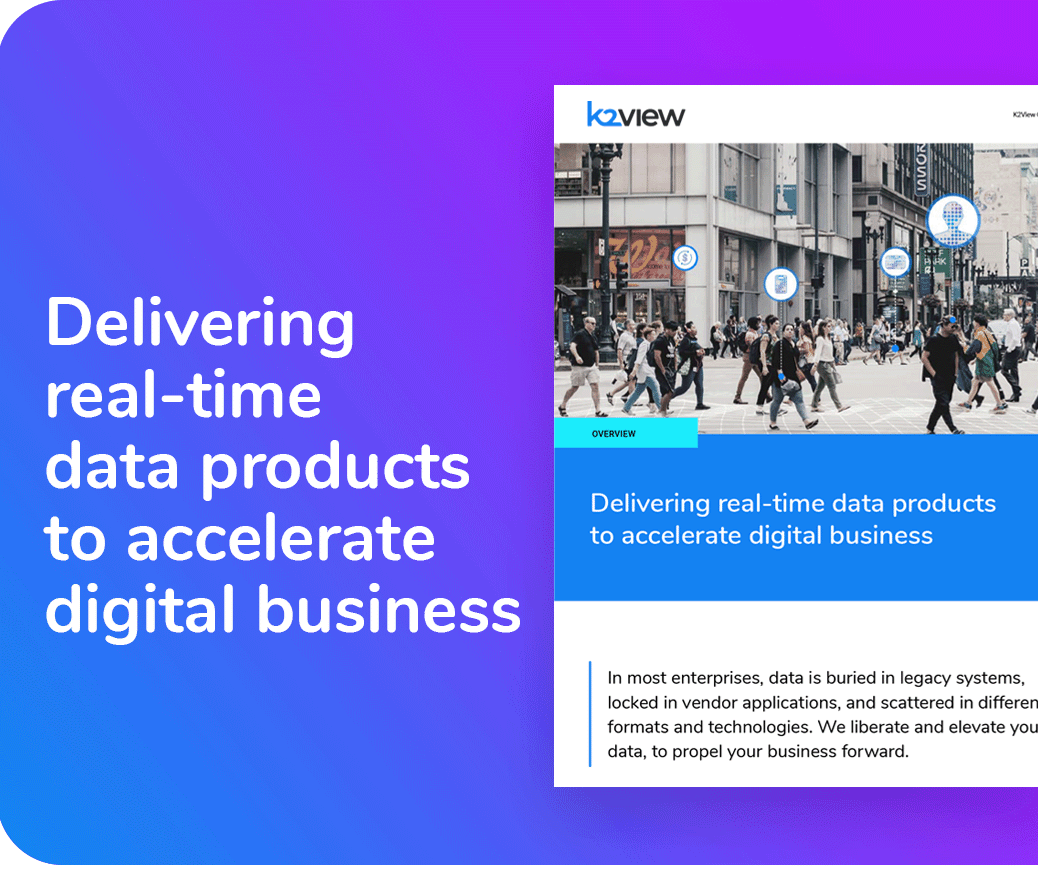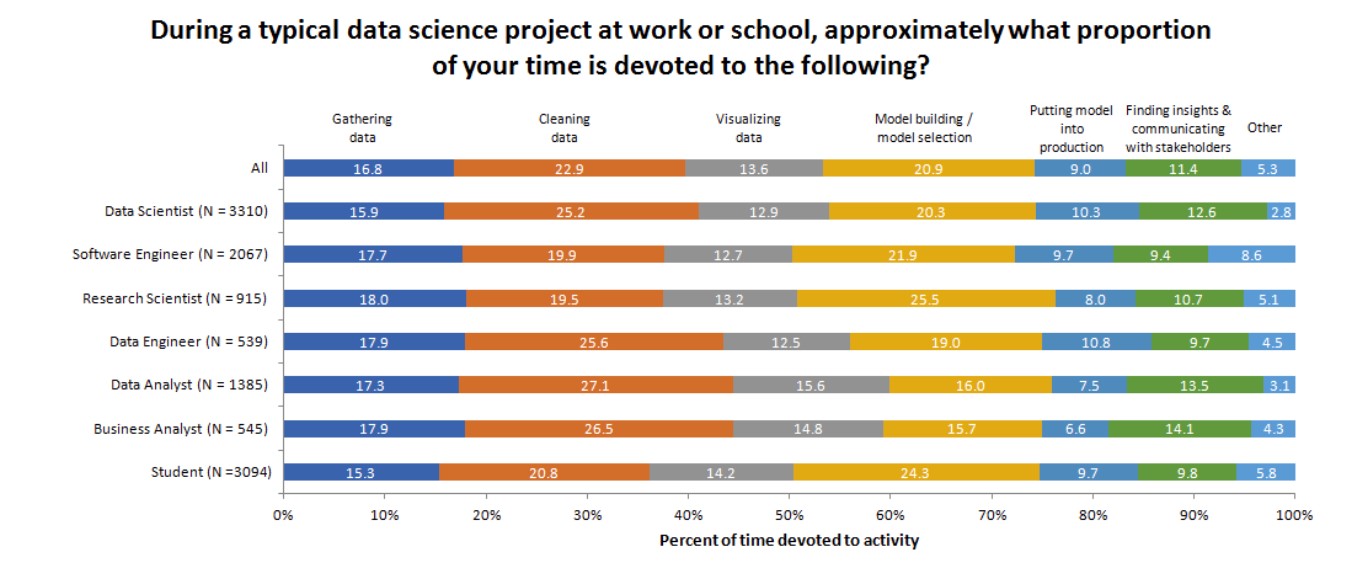-
Platform
Capability
Architecture
- Solutions
-
Company
Company
Reach Out
News Updates
- K2view Shines as Visionary in 2024 Gartner Magic Quadrant for Data Integration Tools
- K2view secures $15M to fuel the next generation of Agentic AI, powered by AI-ready data
- K2view Data Agent Builder: No-code tool for agentic AI app development
- Only 7% of Organizations Fully Compliant with Data Privacy Regulations for Test Data, New Survey Finds
-
Resources
Education & Training
Resources
Platform
Capability
Architecture
Solutions
Initiative
Industry
Company
Company
Reach Out
- K2view Shines as Visionary in 2024 Gartner Magic Quadrant for Data Integration Tools
- K2view secures $15M to fuel the next generation of Agentic AI, powered by AI-ready data
- K2view Data Agent Builder: No-code tool for agentic AI app development
- Only 7% of Organizations Fully Compliant with Data Privacy Regulations for Test Data, New Survey Finds
Resources
Resources
Education & Training







